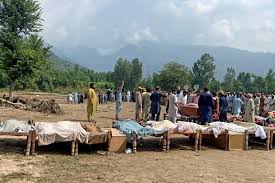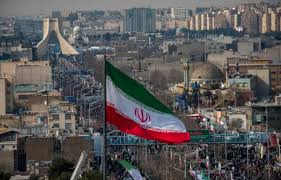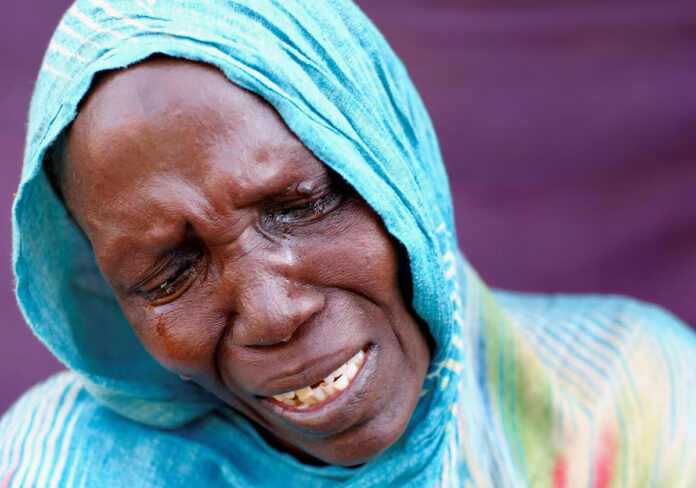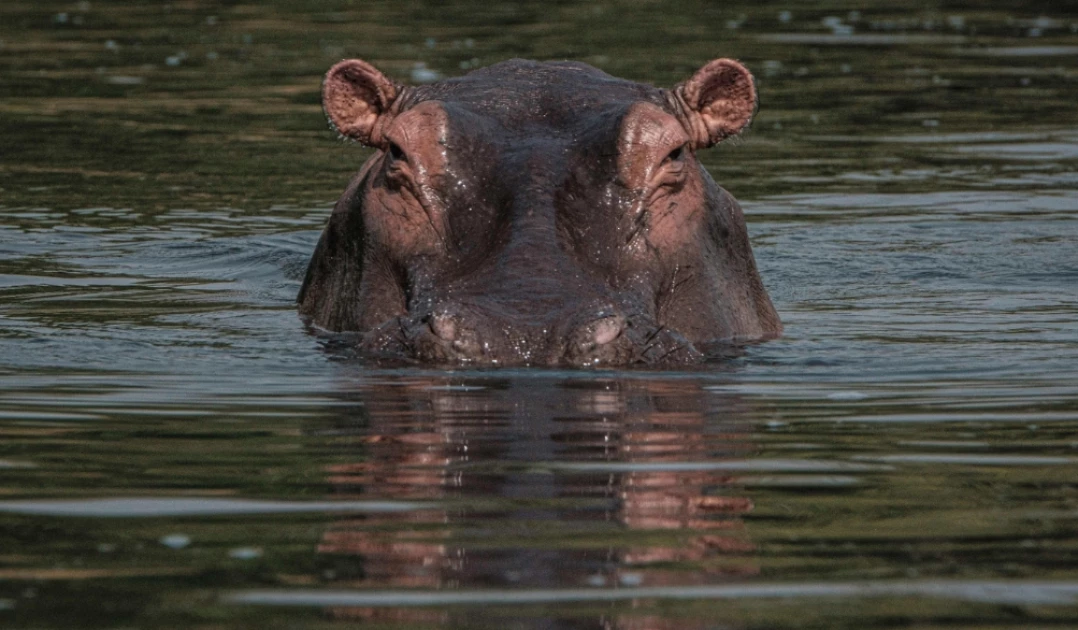Rescue efforts are underway in northern Pakistan after two days of heavy monsoon rains triggered flash floods and landslides, killing at least 344 people and injuring more than 137 others.
According to Pakistan’s National Disaster Management Authority, most of the deaths (324) occurred in the mountainous Khyber Pakhtunkhwa province, where houses collapsed and fast-moving floodwaters swept away homes and roads.
The situation has been described as chaotic and heartbreaking by local residents and officials. In the Buner district, which was among the worst hit, people said the ground shook as floods tore through villages. One resident, Azizullah, described the moment as feeling like “doomsday.”
More than 2,000 rescue workers are working across nine affected districts, facing major challenges due to landslides, blocked roads, and continuous rain. Many areas are so remote that emergency teams are having to walk long distances to reach them.
“Heavy rainfall, landslides, and damaged roads are making it hard to bring in equipment and ambulances,” said Bilal Ahmed Faizi, a spokesperson for the Khyber Pakhtunkhwa rescue agency.
In some places, rescuers and villagers are digging through the mud and rubble by hand, searching for those still missing. Abdul Hayat, a local resident, said his daughter’s dowry worth about $1,760 was washed away by the floods. “We don’t even have food or clothes left,” he added.
Officials have declared Buner, Bajaur, Swat, Shangla, Mansehra, and Battagram as disaster-hit areas.
To make matters worse, a government rescue helicopter crashed due to bad weather on Friday, killing five more people.
Elsewhere, 11 people died in Pakistan-administered Kashmir, and nine in Gilgit-Baltistan.
Pakistan’s monsoon season, which normally runs from June to September, has arrived earlier and with greater intensity this year. More than 650 people have died countrywide since the rains began. In Punjab province, rainfall levels are 73% higher than last year, according to meteorologists.
Experts say climate change is worsening extreme weather in Pakistan. In 2022, record-breaking monsoon floods killed about 1,700 people and submerged one-third of the country.
Local schoolteacher Saifullah Khan in Buner described the trauma of the disaster:
“I helped retrieve the bodies of children I used to teach. I keep wondering what kind of test nature has given these young souls.”
With more rain expected in the coming weeks, the Pakistan Meteorological Department has issued a heavy rainfall warning and advised people in vulnerable areas to take precautionary measures.



